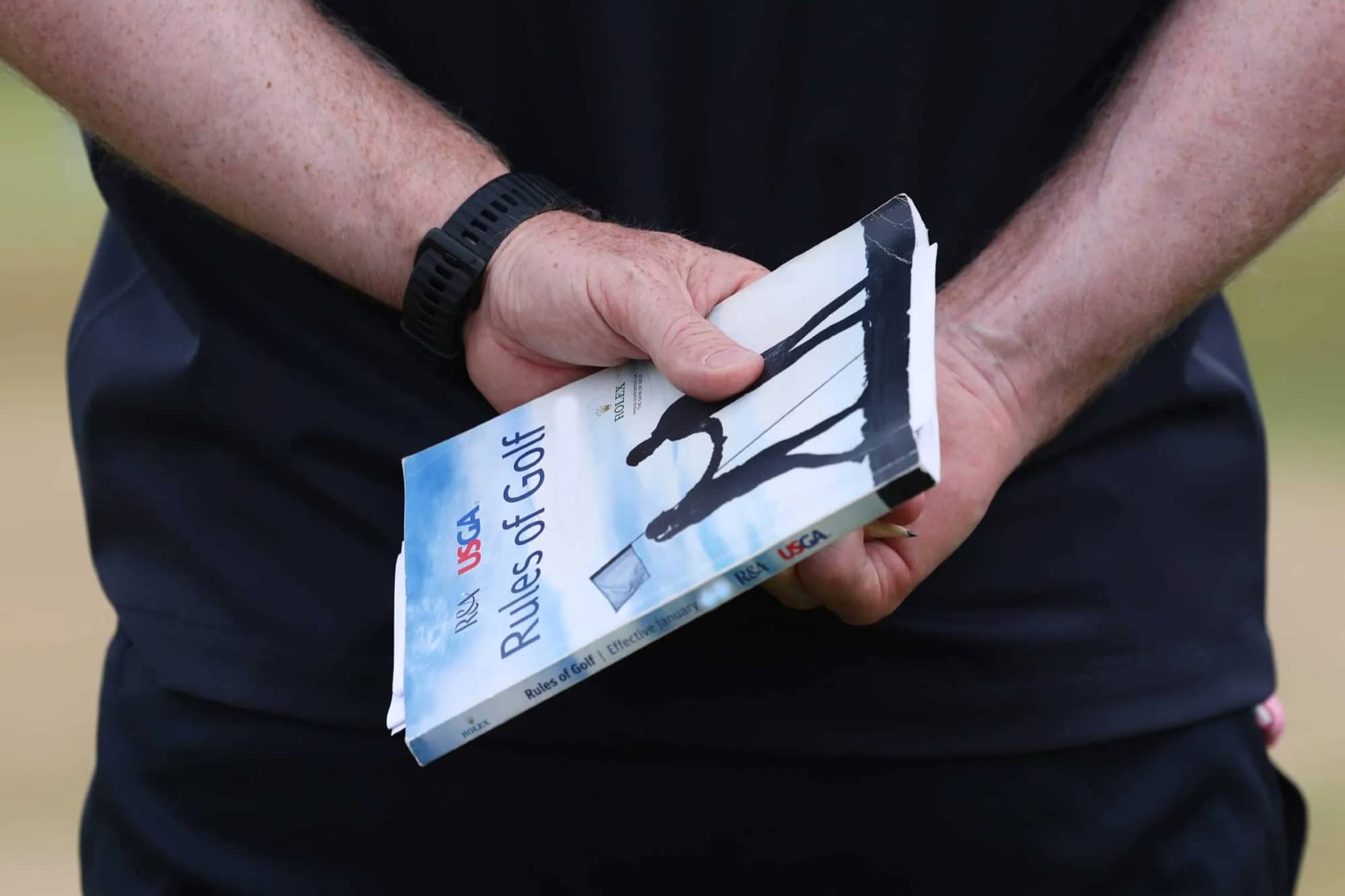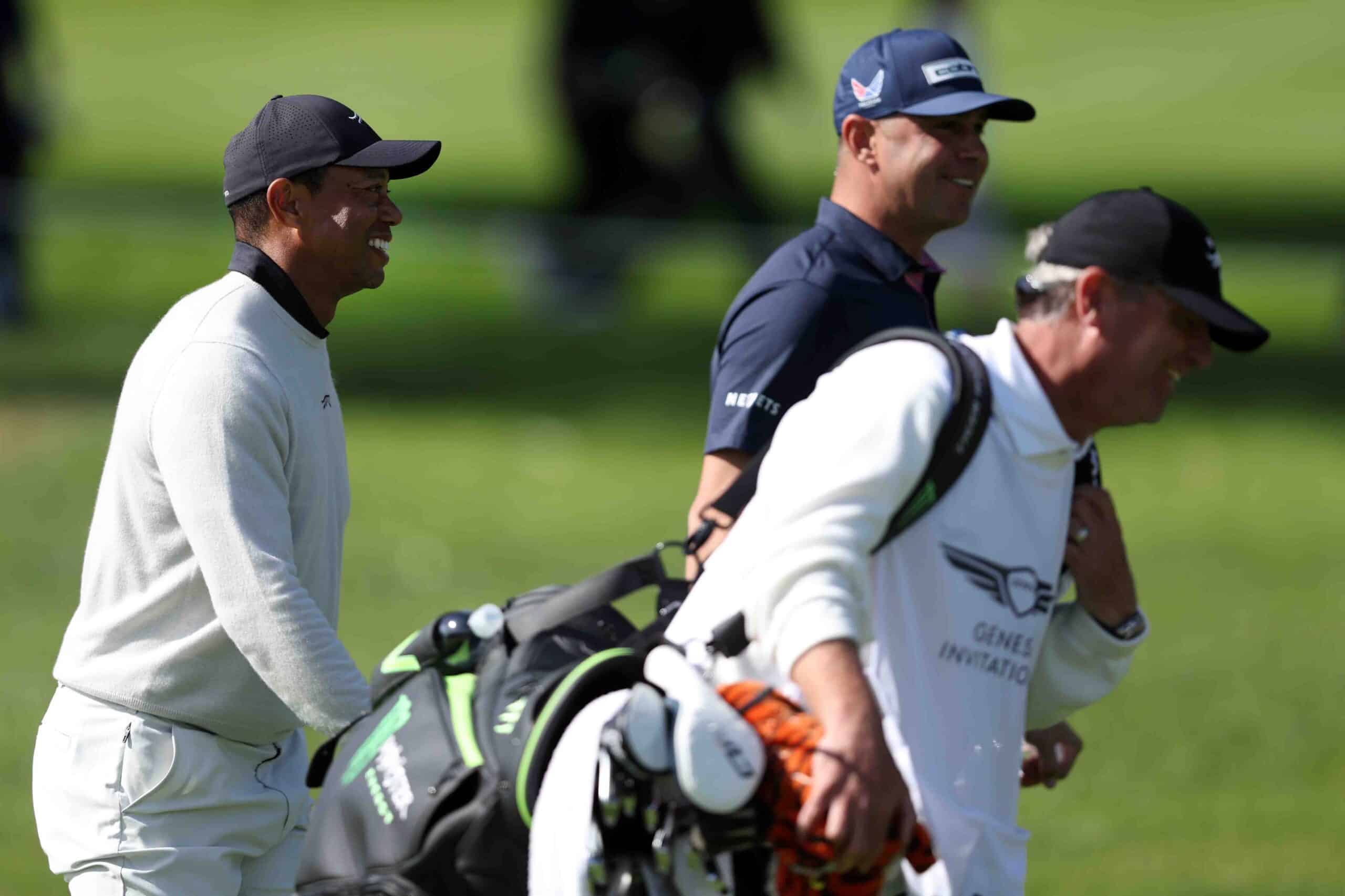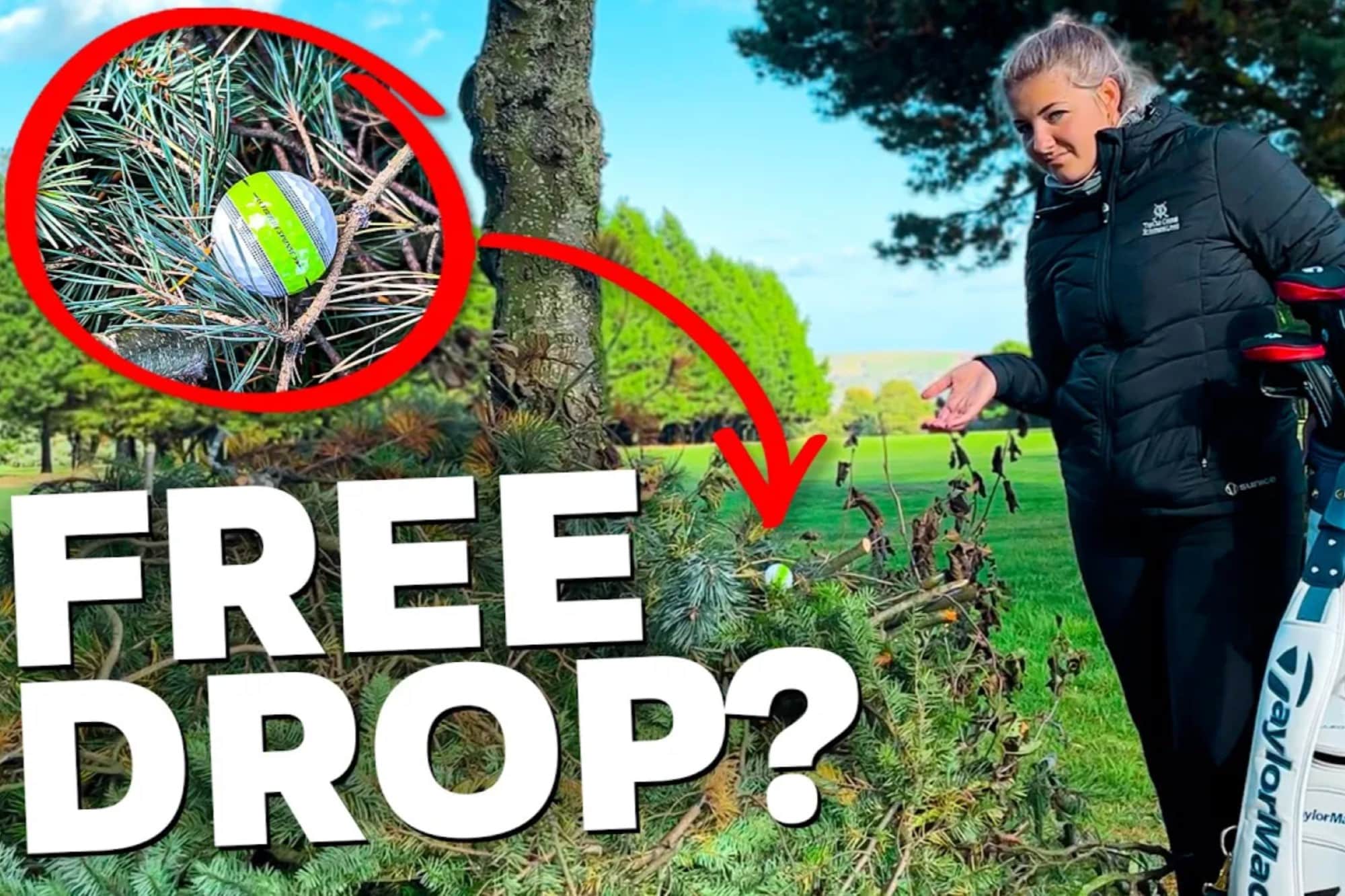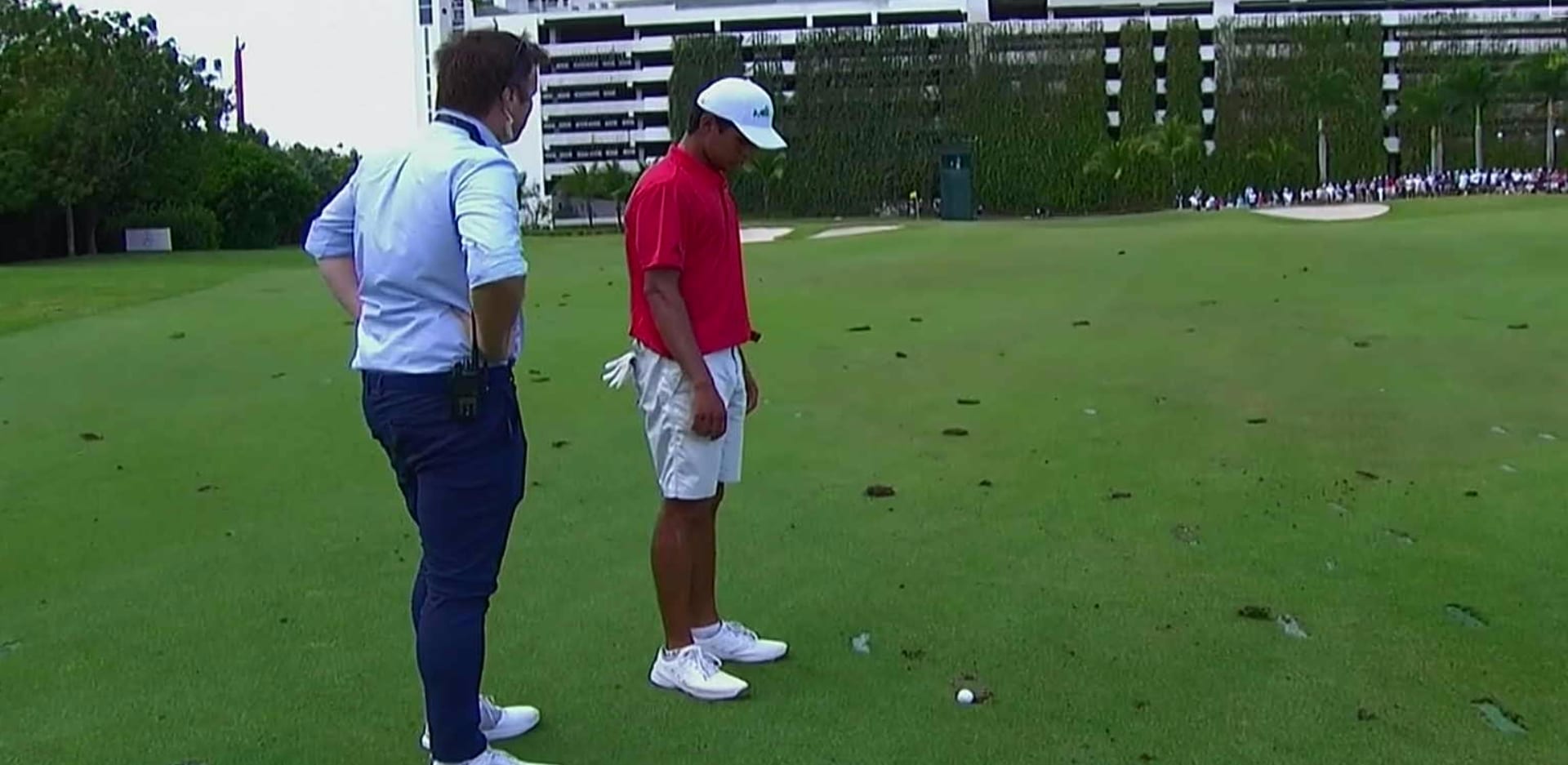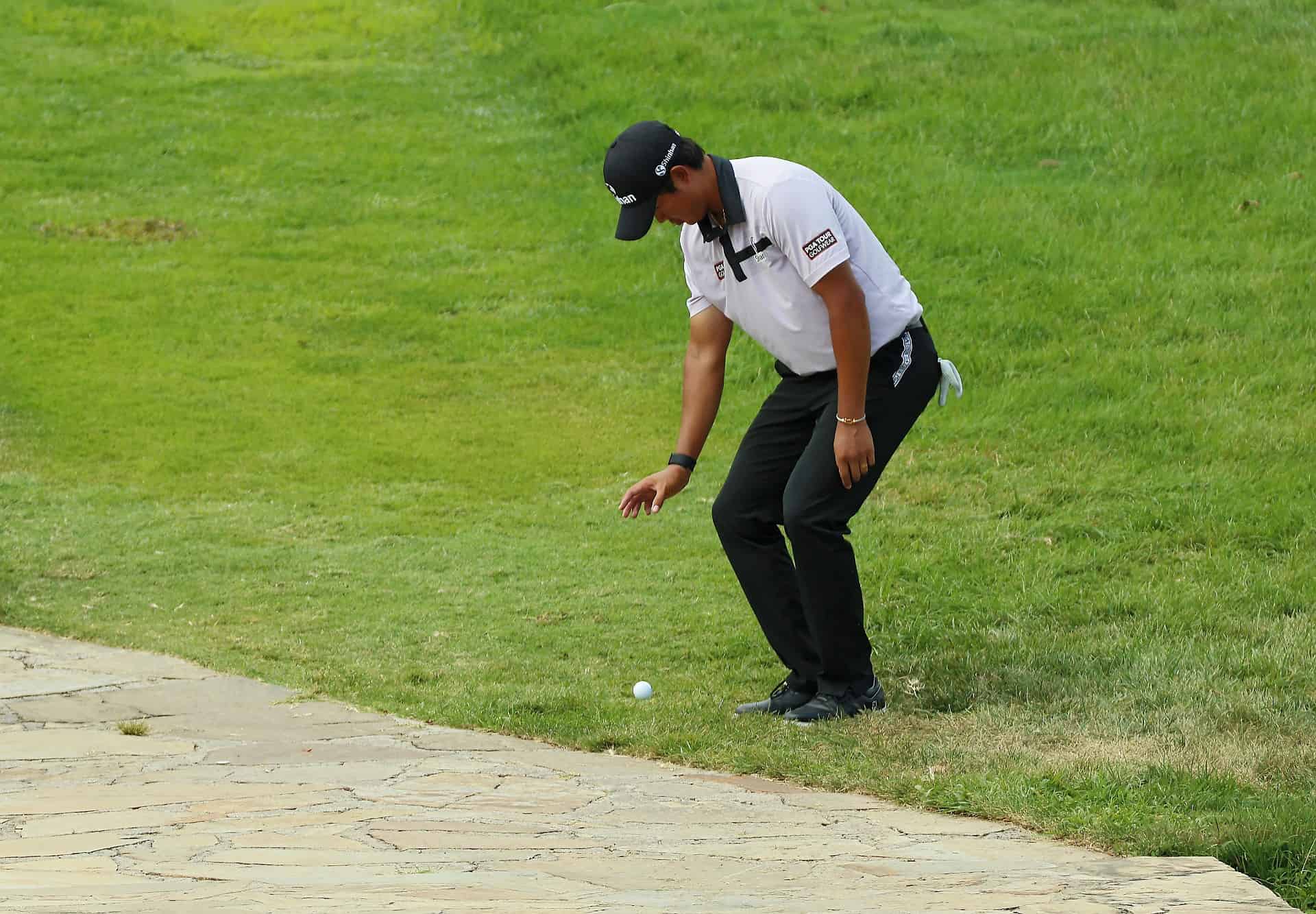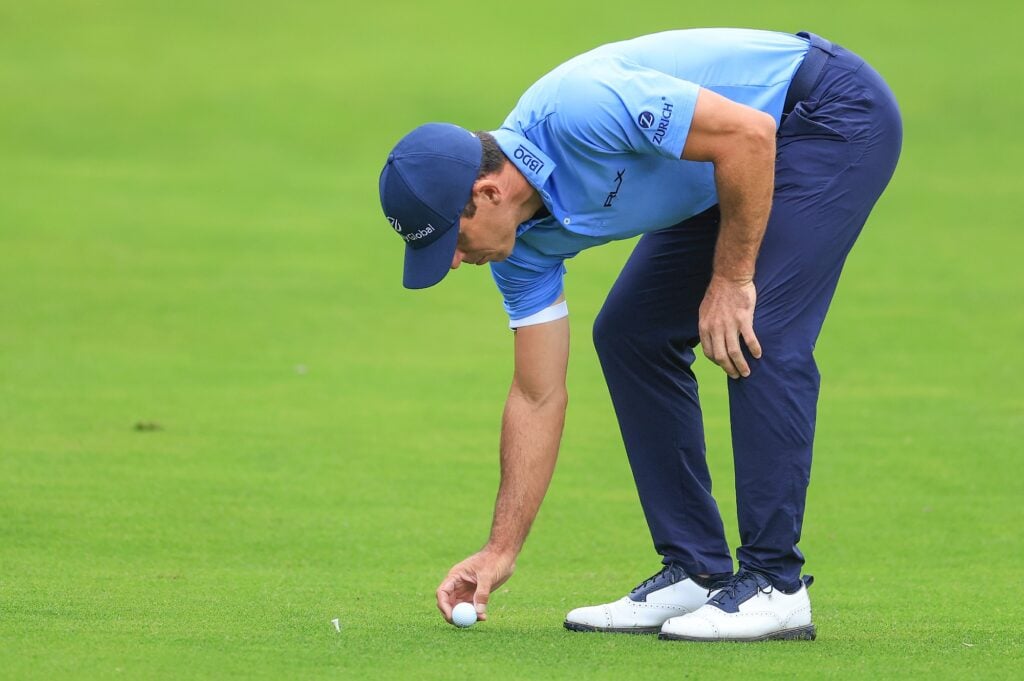
Rules of Golf explained: Do I have to mark my ball when taking preferred lies relief?
Winter rules are back! You know the weather is starting to turn when governing bodies and counties put out their annual statement allowing preferred lies on closely mown areas until the spring.
You don’t need to me to give you chapter and verse on the preferred lies rule, also known as Model Local Rule E-3. Anyone who has been playing golf for any length of time knows what it’s for and how to do it.
But, here’s a conundrum for you – and one that may perk up your committees if they’re the ones setting the terms for preferred lies.
Do you have to mark your ball first, be it with a tee peg or a ball-marker, before you take relief for preferred lies?
Rules of Golf explained: Taking preferred lies relief
No, not since the new rules arrived in 2019. I’ll just let that settle there for a second so you can all finish gasping. People get this Local Rule a little mixed up with Rule 14.1 and conclude it’s a penalty shot if you don’t mark your ball.
But that’s not the case in this situation and here’s why. Rule 14.1a does indeed say that the spot of a ball to be lifted and replaced must be marked.
However, that applies when you’re lifting a ball under a Rule “requiring the ball to be replaced on its original spot”.
That’s not what happens when you take preferred lies relief under Model Local Rule E-3. While the reference point for taking relief is certainly the spot of the original ball, you are placing it in a relief area – for clubs in England that’s within six inches from that reference point.
So, you don’t have to replace the ball on its original spot.
If we jump back to Rule 14.1a, it also doubles down on this stating that: “When a ball is lifted to take relief under a Rule, the player is not required to mark the spot before lifting the ball.”
But just because you don’t HAVE to mark the ball, does that mean you shouldn’t? It’s really good practice to do so.
It avoids dispute for a start, say if a playing partner believes you’re pinching an extra inch or two. If you haven’t marked the spot first, how can you be sure you’ve taken relief in the correct six-inch relief area? If your ball isn’t in that area and then you make a stroke, you’ve played the ball from a wrong place.
One more really important point. Make sure you don’t confuse this with another very similar Local Rule allowing you to lift, clean, and replace your ball in the general area.
Model Local Rule E-2 is designed for such things as wet ground conditions where mud might stick to ball.
But in this case, the ball needs to be replaced on its original spot so the Local Rule explicitly says you’ve got to mark the spot before lifting the ball. As always, check out the Local Rules and make sure exactly what you’re doing when you go out on the course.
Have a question for our Rules of Golf expert?
Despite the simplification of the Rules of Golf at the beginning of 2019, there are still some that leave us scratching our heads. And as I’ve passed the R&A’s Level 3 rules exam with distinction, I’ll try to help by featuring the best in this column.
Steve Carroll

A journalist for 25 years, Steve has been immersed in club golf for almost as long. A former club captain, he has passed the Level 3 Rules of Golf exam with distinction having attended the R&A's prestigious Tournament Administrators and Referees Seminar.
Steve has officiated at a host of high-profile tournaments, including Open Regional Qualifying, PGA Fourball Championship, English Men's Senior Amateur, and the North of England Amateur Championship. In 2023, he made his international debut as part of the team that refereed England vs Switzerland U16 girls.
A part of NCG's Top 100s panel, Steve has a particular love of links golf and is frantically trying to restore his single-figure handicap. He currently floats at around 11.
Steve plays at Close House, in Newcastle, and York GC, where he is a member of the club's matches and competitions committee and referees the annual 36-hole scratch York Rose Bowl.
Having studied history at Newcastle University, he became a journalist having passed his NTCJ exams at Darlington College of Technology.
What's in Steve's bag: TaylorMade Stealth 2 driver, 3-wood, and hybrids; TaylorMade Stealth 2 irons; TaylorMade Hi-Toe, Ping ChipR, Sik Putter.


